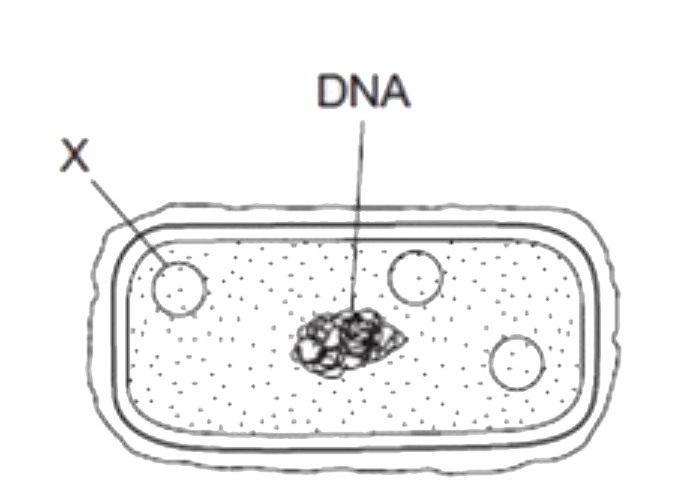Which type of curve is obtained for bacterial cells in culture?
Step-by-Step Solution:
1. Understanding Bacterial Culture Growth: When bacteria are cultured in a medium, they undergo growth that can be tracked over time. This growth is typically plotted on a graph.
2. Setting Up the Graph: The x-axis of the graph represents time, while the y-axis represents the growth of the bacterial cells, which can be measured in terms of cell number or biomass.
3. Identifying the Curve Type: The growth curve for bacterial cells in culture is known as a sigmoid curve. This curve is characterized by its S-shape.
4. Phases of the Sigmoid Curve:
- Lag Phase: This is the initial phase where there is little to no increase in the number of cells. The bacteria are adapting to the new environment.
- Exponential Phase: Following the lag phase, the bacteria enter a period of rapid growth where the number of cells increases exponentially. This is the phase where the bacteria are actively dividing.
- Stationary Phase: Eventually, the growth rate slows down and stabilizes as resources in the culture medium become limited. The number of new cells created is equal to the number of cells dying, leading to a plateau in the growth curve.
5. Conclusion: The type of curve obtained for bacterial cells in culture is a sigmoid curve, which consists of three distinct phases: lag phase, exponential phase, and stationary phase.
---
- Lag Phase: This is the initial phase where there is little to no increase in the number of cells. The bacteria are adapting to the new environment.
- Exponential Phase: Following the lag phase, the bacteria enter a period of rapid growth where the number of cells increases exponentially. This is the phase where the bacteria are actively dividing.
- Stationary Phase: Eventually, the growth rate slows down and stabilizes as resources in the culture medium become limited. The number of new cells created is equal to the number of cells dying, leading to a plateau in the growth curve.
Topper's Solved these Questions
- PLANT GROWTH AND DEVELOPMENTBOOK - AAKASH INSTITUTE ENGLISHCHAPTER - PLANT GROWTH AND DEVELOPMENTEXERCISE - EXERCISE
30 Videos
- PLANT GROWTH AND DEVELOPMENTBOOK - AAKASH INSTITUTE ENGLISHCHAPTER - PLANT GROWTH AND DEVELOPMENTEXERCISE - ASSIGNMENT (SECTION - A)
50 Videos
- PLANT GROWTH AND DEVELOPMENTBOOK - AAKASH INSTITUTE ENGLISHCHAPTER - PLANT GROWTH AND DEVELOPMENTEXERCISE - ASSIGNMENT (SECTION -D)
10 Videos
- PHOTOSYNTHESIS IN HIGHER PLANTS BOOK - AAKASH INSTITUTE ENGLISHCHAPTER - PHOTOSYNTHESIS IN HIGHER PLANTS EXERCISE - Assignment(section D)
10 Videos
- PLANT KINGDOM BOOK - AAKASH INSTITUTE ENGLISHCHAPTER - PLANT KINGDOM EXERCISE - ASSIGNMENT SECTION -D (Assertion - Reason Type Questions)
10 Videos
Similar Questions
_____ curve is obtained for cells in culture.
View SolutionA bacterial cell contains
View SolutionThe murein found in bacterial cell is
View SolutionWhich is not true of bacterial cell wall ?
View SolutionWhat is trasnformation of bacterial cell ?
View SolutionWhich derived monosaccharide is component of bacterial cell wall?
View SolutionThe diagram shows the structure of a bacterial cell.

The presence of structure C in the bacterial cell is one reason why bacteria are used in genetic engineering . In the cloning vector pBR322, which gene is responsible for the replication of structure X ?
View SolutionWhich is particular type of drug that is obtained from the plant

View SolutionBacterial cell membrane has
View SolutionIn which of the following features bacterial cells, plant cells and animal cells show similarity?
View Solution
